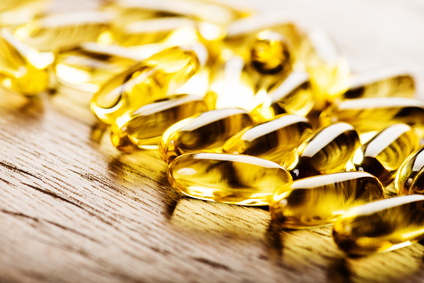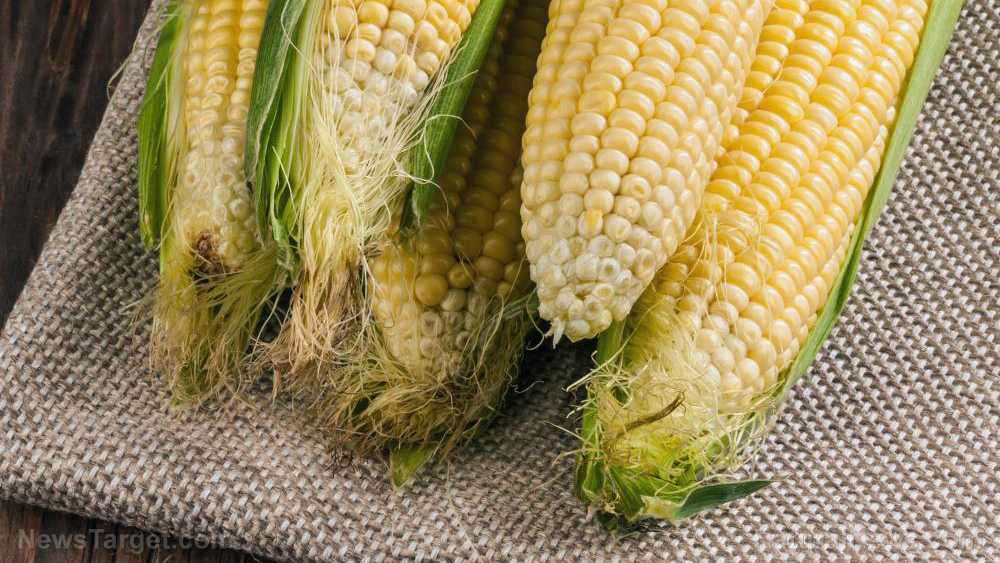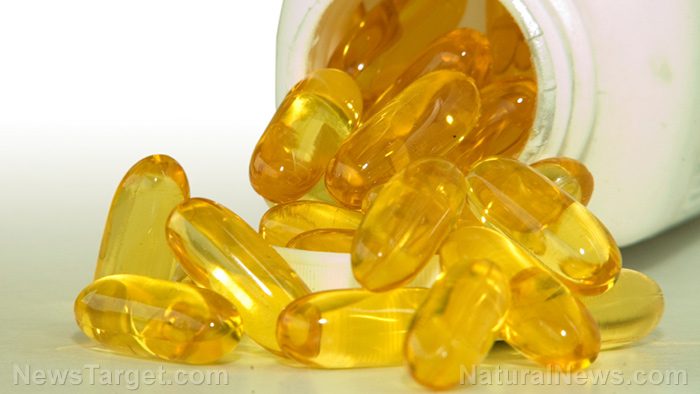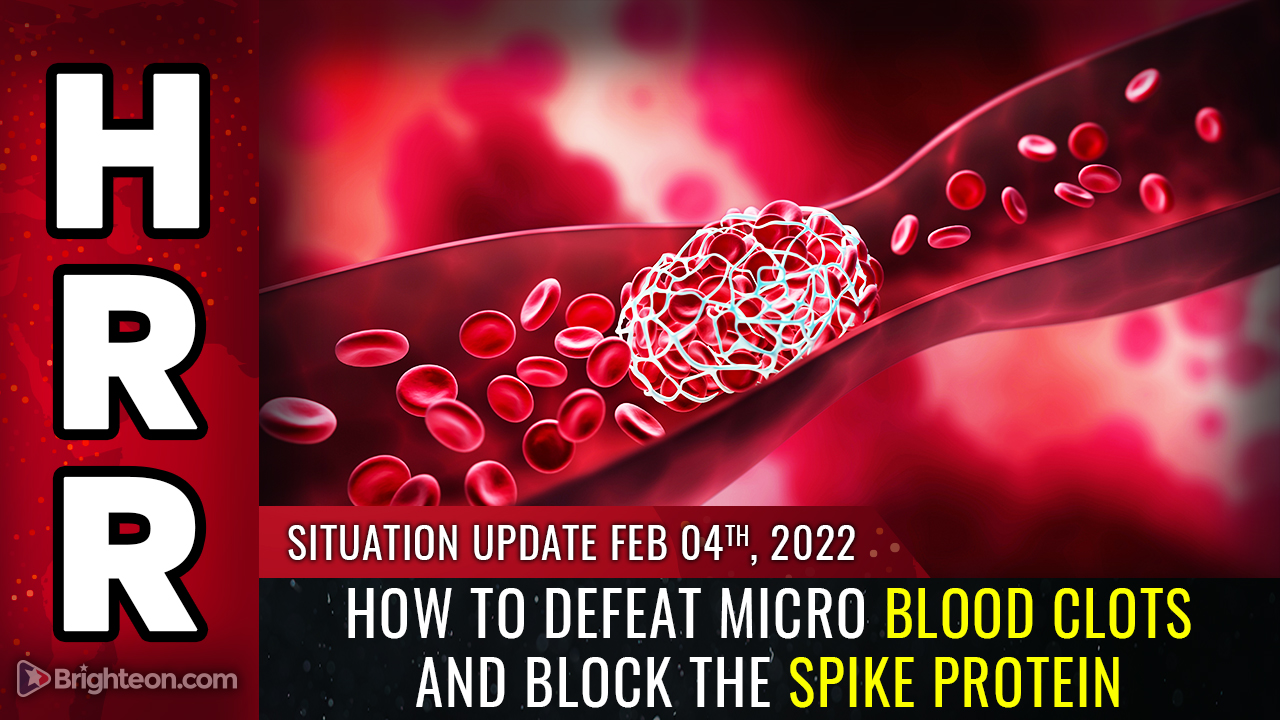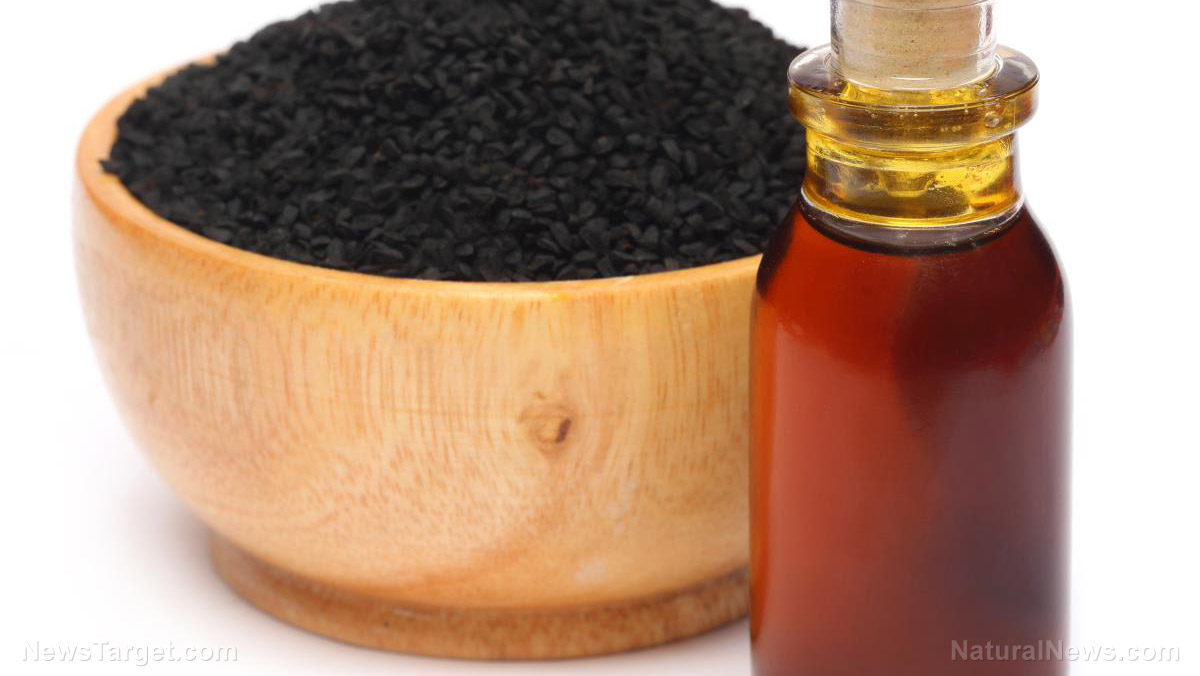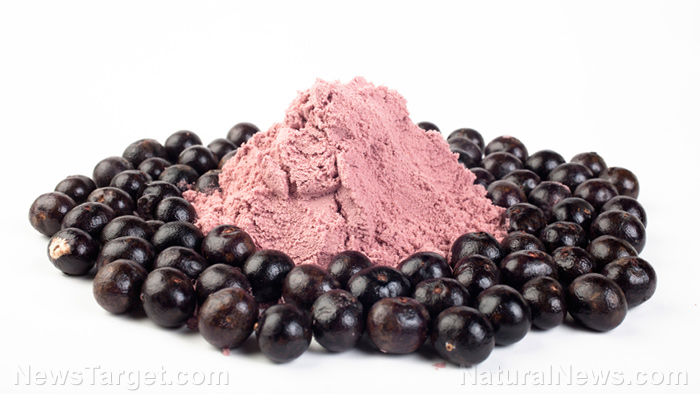What is your arterial age? Lower your blood pressure naturally to extend your life
09/19/2019 / By Melissa Smith
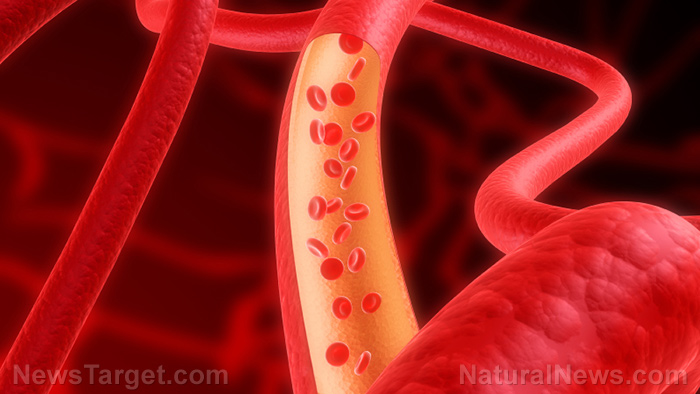
Your arteries start to age the day you were born, but it does not mean that they are as old as your actual age. Your lifestyle and diet influence arterial aging.
When your arteries age, plaque forms in the arterial walls. This reduces the flexibility of arteries, causing them to become stiff and increasing the pressure within the arteries. These put a strain on the heart and can lead to heart failure if not treated.
As plaque builds up, blood flow reduces. If a piece of the plaque comes lose, it will flow downstream and will eventually rest in the smallest blood vessel. This will block the flow of blood to the organ it supplies, leading to a heart attack when it affects the heart or a stroke when it involves the brain.
Arterial aging causes high blood pressure
Inflammation, oxidative stress, and immune dysfunction also cause arterial aging. These three mechanisms all affect the ability of the arteries to make nitric oxide, which is important for maintaining normal, healthy arteries. Nitric oxide also plays a role in maintaining normal blood pressure. Therefore, when nitric oxide is scarce, blood pressure increases.
Having high blood pressure injures the inner lining of the arteries. As a result, nitric oxide production decreases and the arteries can’t dilate as they should.
Lowering your blood pressure
Sufficient levels of nitric oxide help maintain a healthy blood pressure. To increase nitric oxide production in the body, it’s best to eat vegetables like broccoli, cabbage, celery, lettuce, and spinach. Eating these vegetables increases dietary nitrates and enables the body to make more nitric oxide. A study published in the journal Hypertension found that these vegetables have a blood pressure-lowering effect.
Keeping the mouth clean but not too clean can also lower blood pressure. Mouth bacteria chemically change nitrates to nitrites, which are eventually turned into nitric oxide. Cleaning your mouth moderately – in which these beneficial bacteria are not removed – can improve nitric oxide production and in turn lower blood pressure. In a study published in the journal Free Radical Biology and Medicine, researchers found that participants who used a harsh mouthwash experienced a 26 millimeter of mercury (mmHg) increase in blood pressure.
Exercising for at least 30 minutes every day is one of the best ways to lower high blood pressure. It makes your heart stronger and more efficient at pumping blood, which reduces blood pressure in the arteries.
Another way to lower high blood pressure is to cut back on salt. Salt intake has been linked to high blood pressure levels. Research suggests that reducing your salt consumption by 10 or 20 percent can make a difference.
Adding foods rich in probiotics to your diet can improve your blood pressure as well. Probiotics are beneficial bacteria found in yogurt and other fermented foods like kimchi and kefir. A 2014 review found that those who consumed probiotics experienced moderate reductions in blood pressure levels.
It is also important to find a way to relax. Too much stress can increase your blood pressure, both short- and long-term. Do something you enjoy. It could be yoga, meditation, or spending time with your pets.
Consuming a dietary supplement called nicotinamide riboside, a form of vitamin B3, every day can also help. A study published in the journal Nature Communications suggested that this form of vitamin B fights aging, at the same time improves blood pressure and arterial health.
For more news stories and studies about blood pressure and its effects on health, visit Prevention.news.
Sources include:
Submit a correction >>
Tagged Under:
alternative medicine, arterial aging, arteries, blood pressure, cardiovascular health, heart health, high blood pressure, hypertension, longevity, natural cures, natural medicine, prevention
This article may contain statements that reflect the opinion of the author
RECENT NEWS & ARTICLES
ReverseHeartDisease.News is a fact-based public education website published by Reverse Heart Disease News Features, LLC.
All content copyright © 2018 by Reverse Heart Disease News Features, LLC.
Contact Us with Tips or Corrections
All trademarks, registered trademarks and servicemarks mentioned on this site are the property of their respective owners.













